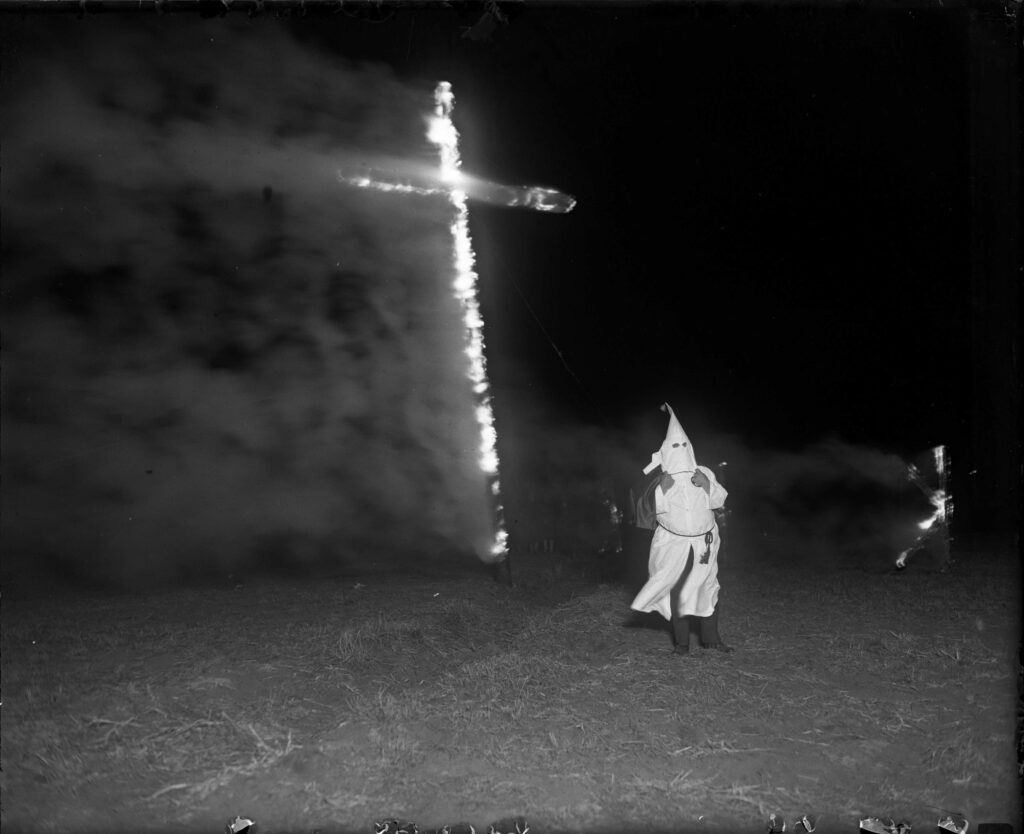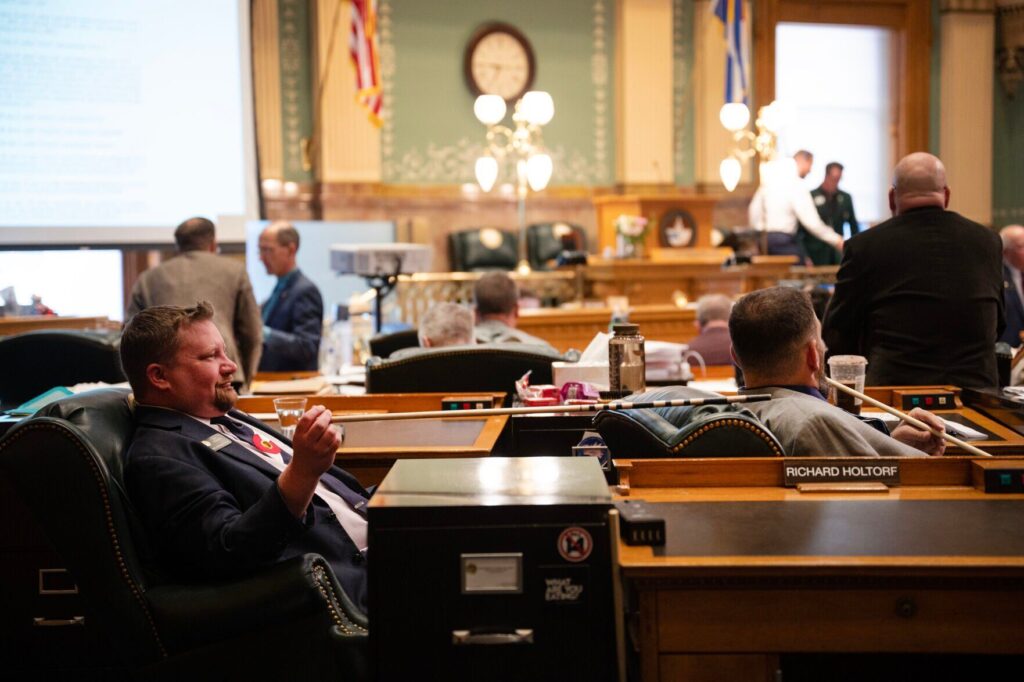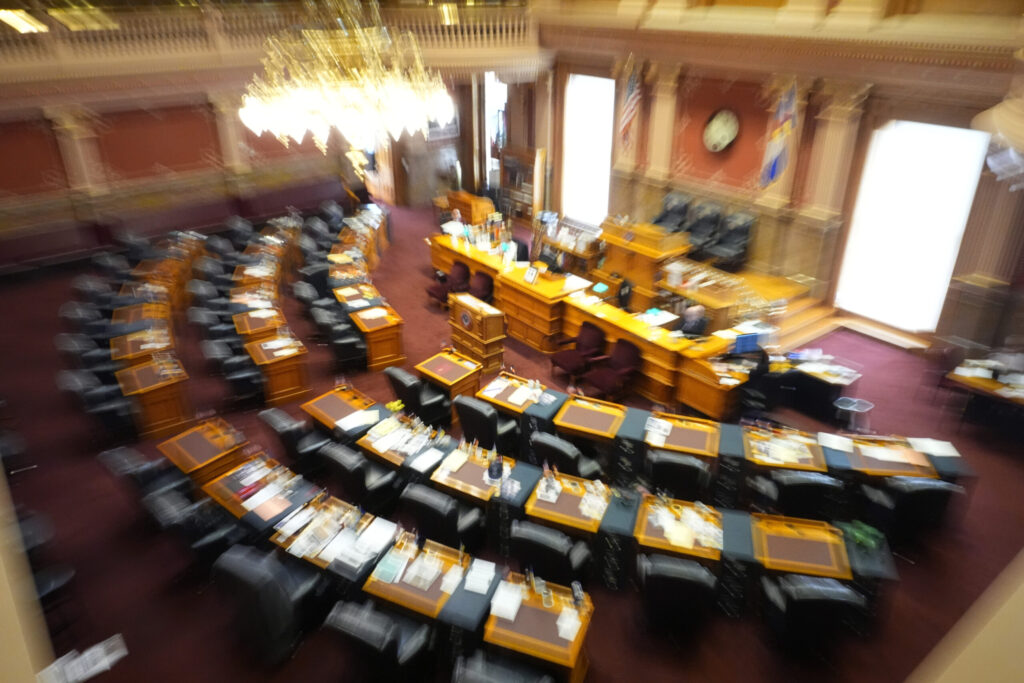Douglas County goes after San Luis Valley water

Douglas County, which will get $68.2 million from the American Rescue Plan Act, intends to put some of that money toward buying water from the San Luis Valley.
But that isn’t sitting well with folks in the San Luis Valley, who claim the plan to divert water from the valley to the Front Range will decimate local economies and the environment.
The proposal comes at a time when the valley is struggling through a 20-year drought. Critics say the RWR project will only make the situation worse, while supporters argue it offers a more sustainable solution to the state’s water woes.
Renewable Water Resources, run by Sean Tonner, former deputy chief of staff to Gov. Bill Owens, who is also with RWR, is requesting $20 million out of the county’s ARPA funds to build a pipeline from the northern part of the San Luis Valley to two access points along the South Platte River Basin, one at Antero Reservoir and another Elevenmile Reservoir, both in Park County.
That pipeline would bring to Douglas County 22,000 acre-feet of water from 25 new groundwater wells by tapping the valley’s “confined” aquifer. The RWR proposal claims there’s a billion acre-feet of water in the larger of two San Luis Valley aquifers, a figure disputed by San Luis Valley water experts.
One acre-foot is equivalent to 326,000 gallons, or enough water to cover an acre of land, about the size of a football field one foot deep. A confined aquifer is an aquifer that is saturated with water. When drilled, water rises to the top. An unconfined aquifer is what is more commonly referred to as a water table – it rises and falls based on barometric pressure.
RWR’s project wants to tap the confined aquifer, which is larger both by geographic footprint and by water volume.
The wells would be situated on land either owned or controlled by RWR, the proposal said. RWR currently owns approximately 9,800 acres and has options to acquire approximately 8,000 additional acres.
In addition, a $50 million “community fund” would be developed under the RWR proposal to assist local communities with schools, broadband or food banks, senior services or job training. A separate pool of money, about $68 million, would pay farmers and ranchers who agree to sell their water rights, known in agriculture circles as “buy and dry.”
Those dollars will come from long-time private investors, according to Sean Duffy, a spokesman for RWR.
The RWR proposal said Douglas County is “overly dependent” on the Denver Aquifer as its principal water supply, arguing that dependency “threatens to put our property values, economic growth and quality of life at risk.”
The proposal cited Kevin Rein, the state water engineer, as urging Denver Metro water providers, including those in Douglas County, to seek renewable sources, other than the Denver Aquifer.
Rein did not return a request for comment.
“This new guidance will limit the use of the Denver Aquifer and essentially maintain the Aquifer as a ‘preserve,'” the RWR proposal said, adding it would make the Denver aquifer a “back-up option” when Douglas County needs water in times of extreme drought.
The proposal would have to go through the Colorado Water Court. RWR maintains its proposal meets the Water Court criteria.
But Sen. Cleave Simpson, R-Alamosa, who is also the manager of the (RGWCD), said the proposal fails to meet state rules and regulations, as well as previous law.
Simpson pointed to a 2006 Colorado Supreme Court decision that said there is no unappropriated water in the confined aquifer.
“If you want a new appropriation,” Simpson told Colorado Politics, water must be replaced on a one-to-one basis. Nobody knows exactly how much water is in the confined aquifer and a new appropriations, as is proposed by RWR, would require tapping water rights, he said.
As to the claim an “ocean” exists below the desert-like valley, Simpson said that’s based on decades-old information. Back in the 1960s or 1970s, the U.S. Geological Service estimated there could be two billion acre-feet of water based on the size of the valley and the depth of the aquifer. But that was at least 50 years ago, and drought and new wells have reduced the aquifer since then, some water experts say.
According to Water Education Colorado, drought since 2002 has reduced the aquifer by at least one million acre-feet. That draw-down put farmers at risk of having their wells shut down by the state engineer just last year to save the Rio Grande River, as well as help keep the state in compliance with the Rio Grande compact, which requires the state to deliver water through the river to Texas and New Mexico.
Protect Our Water-San Luis Valley, which opposes the RWR proposal, counts among its supporters the Rio Grande Water Conservation District, San Luis Valley Water Conservancy District, Conejos Water Conservancy District, the Rio Grande Basin Roundtable, as well as the cities of Alamosa and Monte Vista, the towns of Del Norte and Saguache, environmental groups, local businesses and farmers and ranchers.
“They stand against it as the newest of a long line of export schemes that threatens the Valley’s agriculture, economy and natural environment,” a spokesperson said.
Critics claim the RWR project will dry up 10,000 acres of farmland in the fertile valley, widely known for its potatoes. A pledge by RWR to replace whatever water it takes out of the valley doesn’t work either, opponents said.
“RWR’s promise to supplement water in the aquifer in exchange for project support would ultimately still dry up more farmland since the removal of every two acre-feet of water dries up one irrigated acre of land,” Protect Our Water-San Luis Valley said on its website. The group also pointed to the buy-and-dry that decimated Crowley County in the 1970s. That resulted in Crowley’s agricultural acreage dropping from 50,000 acres to 5,000 – and that’s in a good year with no drought.
“Water leaving the Valley places about 500,000 of irrigated acres at risk. RWR’s plan could drain Saguache, Alamosa, Rio Grande and other counties’ economic engine,” the group said. “Despite their marketing assertions, RWR’s plan to export water from the San Luis Valley was not devised by locals nor will it benefit the entire Valley. Nor is there a billion gallon ‘ocean’ under the Valley floor just waiting to be tapped.”
The RWR proposal said when locals get educated about the project, support grows to 42%. That’s based on a September, 2020 Magellan poll of registered voters in the valley, Duffy told Colorado Politics.
Duffy said only 2.5% of the recharge – water being pumped back into the aquifer through precipitation – will go toward the project.
“This is not like the Denver aquifer,” Duffy said, “where what you take out doesn’t recharge for a thousand years.”
He likened the situation to a bathtub: “You take the recharge, and if the faucet is continually running, we take what’s running into the bathtub.”
He said critics are using talking points from the 1980s and the situation is not “buy and dry.”
“These are willing sellers. If you don’t want to sell, fine,” he said.
Duffy also pointed out that both the water and economic status quo in the valley are not sustainable.
“They have to have a solution,” he said, insisting those who are opposed to the project, including Simpson, “chose not to provide one.”
In a Feb. 26 op-ed in the Alamosa Citizen, Tonner complained the “unelected RGWCD Board of Directors” immediately shot down the RWR proposal, under which 2.5% of the water in the confined aquifer would supply Colorado with a new water source in exchange for San Luis Valley getting more $120 million to help farmers, ranchers, and schools, as well as provide for essential services, such as law enforcement, conservation efforts, fire protection, heating assistance, and senior programs.
Tonner said supporters of the plan have asked the board: “What are you for?” That question, he said, was met with silence, “other than falling back on the status quo which means higher taxes, more regulation, and more bureaucracy for our Valley’s struggling farms and ranches (which account for over 95 percent of the economic activity in the San Luis Valley).”
He added: “We are again suggesting, rather than spending thousands of taxpayer dollars attacking RWR’s proposal, that the RGWCD Board spend a portion of that money to develop a plan that will benefit all of the people of the San Luis Valley while addressing the area’s water challenges.”
The Rio Grande Water Conservation District and its allies plan to challenge RWR’s proposal in the Water Court.
“The Valley has been going through this about every 10 years, going back to the 1970s,” Simpson said, adding the district has reserved funds from previous court settlements for the next big court battle.
“We can’t see a path forward without injury or that would comply with rules and regulations as they exist today,” he said.
RWR Proposal to Douglas County, to build a pipeline that would bring 22,000 acre-feet of water from the San Luis Valley aquifer to Park County.














